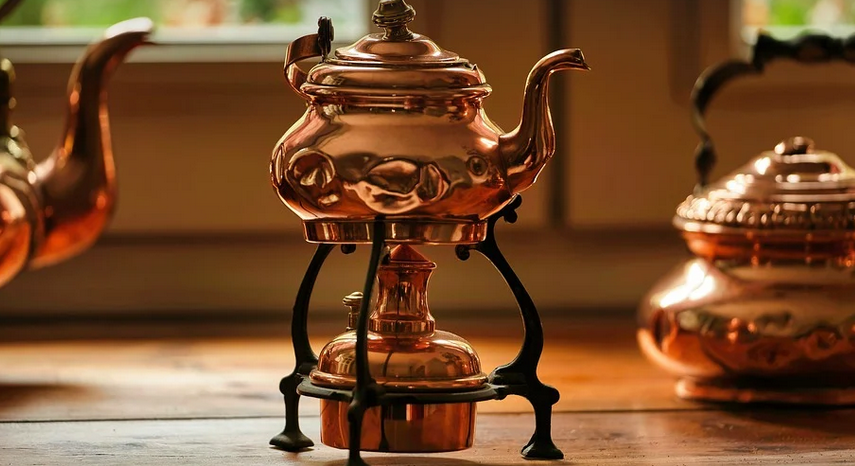Unlocking the Secrets of Perfectly Roasted Prime Rib with a Tie-Bone
A prime rib, that majestic cut of roast beef boasting its bone-in glory, has been a staple at holiday tables for generations. But how about a special twist? A twist that elevates this classic dish to new heights of culinary artistry – a prime rib tied bone!
This simple yet brilliant technique transforms your roast by adding an extra layer of beauty and functionality. It’s more than just aesthetics, though; it leads to a more even cooking experience, ensuring every slice is bursting with flavor and tenderness.
Why Tie the Rib? Understanding the Technique
A prime rib tied bone offers several advantages that elevate the overall cooking experience:
1. **Enhanced Roasting:** The tie-bone acts as a natural support system for the roast, preventing it from curling or shrinking during slow roasting. This allows for even heat distribution and minimizes the risk of uneven cooking, ensuring your prime rib cooks beautifully.
2. **Moisture Retention:** The bone provides a reservoir for moisture, keeping the meat juicy and flavorful throughout the roasting process. As the meat roasts, the juices are drawn to the bone, which helps maintain the overall moisture content.
3. **Flavor Enhancement:** The bone itself contributes a unique flavor profile to your roast thanks to its natural marrow. This adds depth and richness to every bite.
A Step-by-Step Guide: Mastering the Art of Tie-bone Roasting
Let’s delve into the specifics of tying your prime rib for a mouthwatering culinary experience.
1. **Preparation:** The first step is choosing the perfect bone. Opt for a thick, well-defined tie-bone from your butcher; it should be easily identifiable. It’s vital to ensure it stays secure throughout the cooking process.
2. **Knotting the Bone:** There are multiple methods for tying the bone: some prefer a simple knot with twine, others opt for a more intricate technique using surgical thread. The choice depends on your personal preference and comfort level. Choose a secure method that ensures the bone stays in place throughout the roasting process.
3. **Securely Encircling:** After tying the bone, wrap it thoroughly around the roast. The goal is to create a tight seal; this will prevent any leakage of juices as the meat roasts. You can use kitchen twine or butcher’s string for this purpose.
4. **Cooking Time and Temperature:** The roasting process should be done slowly over low heat, ensuring even cooking and consistent temperature throughout the steak. The preferred range is between 250-300 degrees Fahrenheit. While precision is crucial, adjust it based on your oven’s capabilities.
5. **Resting for Perfection:** After the roast reaches an internal temperature of 135°F (medium-rare) or 145°F (well-done), allow for a 20-minute resting period. This crucial step allows the juices to redistribute throughout the meat, resulting in a melt-in-your-mouth experience.
6. **Carving and Serving:** Once the roast is rested, carefully carve using a sharp carving knife. The tie-bone will allow for a beautiful presentation as you serve slices.
Unveiling the Culinary Magic: Recipes and Variations
When it comes to preparing your prime rib tied bone, there are countless possibilities and variations! From classic rubs and dry-brining techniques to adding a flavorful glaze or incorporating herbs and spices, the world of culinary experimentation is yours to embrace. Experiment with different flavors and styles to discover your personal signature dish.
1. **Classic Herb Rub:** A simple combination of salt, pepper, garlic powder, onion powder, and dried thyme can create an aromatic crust that complements the natural flavor of the prime rib. 2. **Dry-Brined for Extra Juices:** Dry-brining your roast by rubbing it with coarse kosher salt for at least 12 hours prior to cooking will enhance the tenderness and moisture content of your meat.
3. **Glaze It Up:** A flavorful glaze is a great way to add a touch of sweetness, tanginess, or even spiciness to your prime rib. Honey balsamic, Dijon mustard with honey, or a combination of bourbon and brown sugar are all popular choices.
4. **Spatchcocking for Even Cooking:** For extra-juicy results, consider spatchcocking the roast by removing its backbone. This technique exposes more surface area to heat, ensuring even cooking and faster roasting time.
5. **Temperature-Controlled Roasting:** An oven thermometer is a must-have for safe and accurate temperature control throughout your roasting process.
Conclusion: Embracing the Art of Prime Rib Tied Bone
A prime rib tied bone is more than just a culinary technique; it’s an art form, a testament to the time-honored traditions of cooking. The tie-bone adds not only aesthetic appeal but also ensures even roasting and enhanced flavor and moisture retention.
The next time you prepare your perfect roast, consider tying the bone – you’ll be rewarded with a culinary masterpiece that is both delectable and awe-inspiring!


